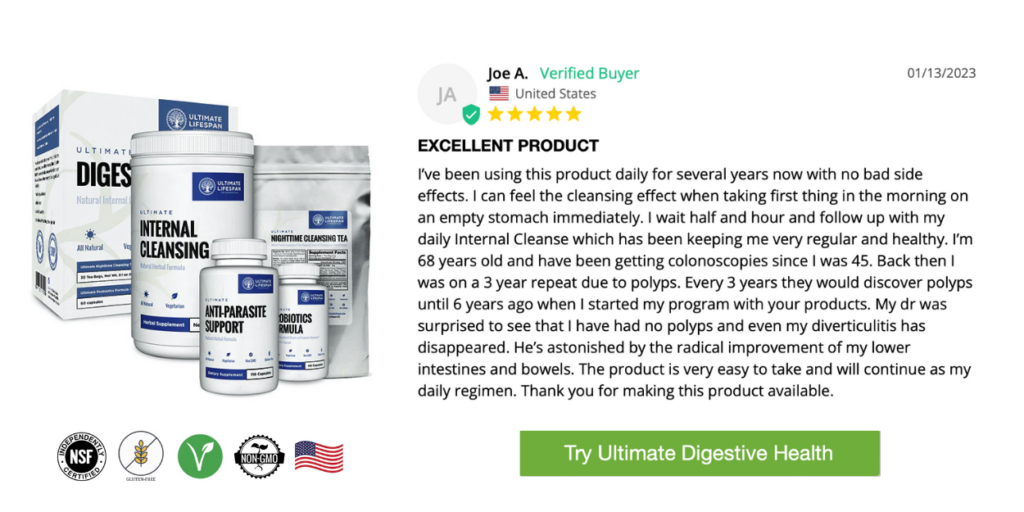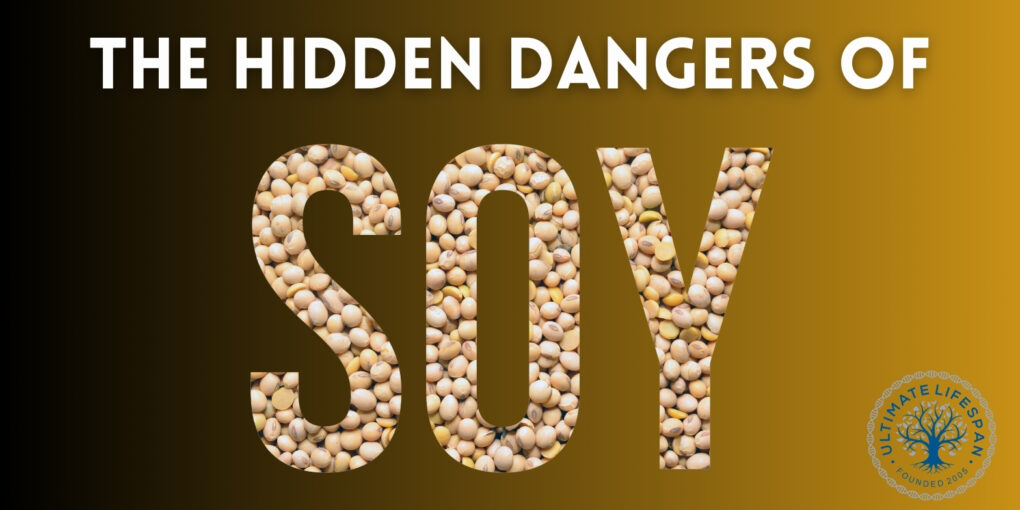The Soy Story: Hidden Dangers Lurking in Your Plant-Based Diet
Did you know that despite its reputation as a health food, soy can actually wreak havoc on your body? It’s a shocking revelation, especially since soy has become a staple in many households. From tofu to soy milk, soy is now ubiquitous in plant-based diets. But beneath its reputation as a superfood lies a host of dangers that many people are unaware of. From mineral deficiencies to hormonal imbalances, soy may not be as friendly as it seems.
Let’s break down the major concerns surrounding soy and why it’s essential to reconsider how much soy you’re consuming.
1. Phytic Acid: The Hidden Mineral Thief
Soy is packed with phytic acid, a compound found in many grains and legumes. But here’s the catch: phytic acid binds to essential minerals like calcium, magnesium, copper, iron, and zinc, making them difficult for your body to absorb. What’s worse? The phytic acid in soy isn’t easily broken down by traditional cooking methods like soaking or sprouting. Even long, slow cooking doesn’t help. The only effective way to reduce the impact of phytic acid is through fermentation, as done in traditional soy products like miso, tempeh, or natto.
Why should you care? Because diets high in phytic acid have been linked to growth problems in children and general mineral deficiencies, leading to everything from weakened bones to poor immunity.
2. Protein Digestion Sabotage: Trypsin Inhibitors
Soy isn’t just bad for mineral absorption—it can also disrupt your ability to digest proteins. Soy contains trypsin inhibitors, compounds that prevent your body from breaking down proteins properly. This can strain your pancreas, leading to potential pancreatic disorders.
Studies on animals fed soy with these inhibitors showed stunted growth, indicating that the inability to digest protein effectively can have far-reaching effects. While plant-based diets can certainly be healthy, relying heavily on soy for protein might not be the best move.
3. Hormonal Havoc: The Phytoestrogen Effect
The most concerning issue with soy is its impact on hormones. Soy is rich in phytoestrogens, plant compounds that mimic the hormone estrogen in the body. While phytoestrogens might sound harmless, their effects can be pretty disruptive, especially in women.
In adult women, excessive soy consumption has been linked to endocrine disruption, potentially leading to infertility and an increased risk of breast cancer. These phytoestrogens can trick the body into thinking it has more estrogen than it does, throwing the delicate hormonal balance off track.
In men, phytoestrogens can lead to reduced testosterone levels, causing reproductive issues and other hormonal imbalances.
4. Thyroid Troubles: The Antithyroid Effect
Soy’s phytoestrogens also act as potent antithyroid agents. This means they can interfere with your thyroid function, increasing the risk of hypothyroidism. For those unfamiliar, hypothyroidism is a condition where the thyroid gland doesn’t produce enough hormones, leading to fatigue, weight gain, and depression, among other symptoms. In more severe cases, it can even lead to thyroid cancer.
Particularly alarming is the link between soy formula and autoimmune thyroid disease in infants. Babies fed soy-based formulas are exposed to high levels of phytoestrogens at a critical developmental stage, which may affect their thyroid function for life.
5. Vitamin Depletions: B12 and Vitamin D
While soy may be a plant-based protein powerhouse, it comes with some significant vitamin drawbacks. Soy contains B12 analogs—compounds that look like vitamin B12 but can’t be absorbed by the body. Not only do these analogs fail to contribute to your B12 levels, but they actually increase your body’s need for the vitamin.
A similar issue arises with vitamin D. Soy-based products increase your body’s requirement for vitamin D, but instead of the beneficial D3 form (the kind we naturally produce from sunlight), soy milk is often fortified with synthetic vitamin D2, which is much less effective and may even be harmful in large amounts.
6. Processing Dangers: Toxic Proteins and Neurotoxins
Soy products often undergo extreme processing to make items like soy protein isolate or textured vegetable protein (TVP). Unfortunately, this high-temperature processing denatures the delicate proteins in soy, making them more challenging for your body to use. Even more concerning is that these processes result in the formation of harmful compounds like lysinoalanine and nitrosamines, both of which are considered carcinogenic.
Additionally, soy processing leads to the production of free glutamic acid, or MSG, a neurotoxin added to many processed soy foods. MSG is notorious for causing headaches, nausea, and other neurological symptoms in sensitive individuals. So, while you might be eating soy thinking it's healthy, you could unwittingly expose yourself to harmful neurotoxins.
7. Aluminum Exposure: A Silent Threat
Lastly, there’s the issue of aluminum in soy foods. The processing of soy products often involves exposure to aluminum, particularly in items like soy milk and infant formula. Aluminum is a toxic metal that can affect the nervous system and kidneys, and long-term exposure has been linked to Alzheimer’s disease and other cognitive disorders.
Given how many soy-based products are marketed as healthy alternatives, it’s easy to overlook this hidden danger. But when considering the potential accumulation of aluminum in the body, it’s yet another reason to think twice before making soy a staple in your diet.
What Should You Do?
Does this mean you should avoid soy altogether? Not necessarily. Traditional, fermented soy products like miso, natto, and tempeh can be beneficial because fermentation reduces many of soy’s harmful compounds. These foods are also rich in probiotics, which support gut health.
The key takeaway here is moderation and mindful consumption. If you enjoy soy, opt for fermented versions and be wary of heavily processed soy products like soy protein isolates, soy milk, and soy-based infant formulas.
Soy has been a part of traditional diets in Asian cultures for centuries, but it's important to note that they primarily consumed soy in its fermented form and as a small condiment, not the highly processed varieties common today eaten as a main meal. By following their example, you can enjoy the benefits of soy without the risks.
Further Reading
For more on the risks of soy, check out:
– Kaayla Daniel, “The Whole Soy Story: The Dark Side of America's Favorite Health Food”
– Sally Fallon and Mary Enig, “Nourishing Traditions: The Cookbook that Challenges Politically Correct Nutrition and the Diet Dictocrats”
These books offer a deep dive into the historical and scientific evidence surrounding soy's darker side.
Sources
https://www.westonaprice.org/health-topics/myths-truths-about-soy/#gsc.tab=0 Myths and Truths About Soy. JANUARY 1, 2000 BY WESTON A PRICE FOUNDATION
Laurie C. Dolan,* Ray A. Matulka, and George A. Burdoc https://www.ncbi.nlm.nih.gov/pmc/articles/PMC3153292/ Naturally Occurring Food Toxins. 2010 Sep 20. PubMed.


